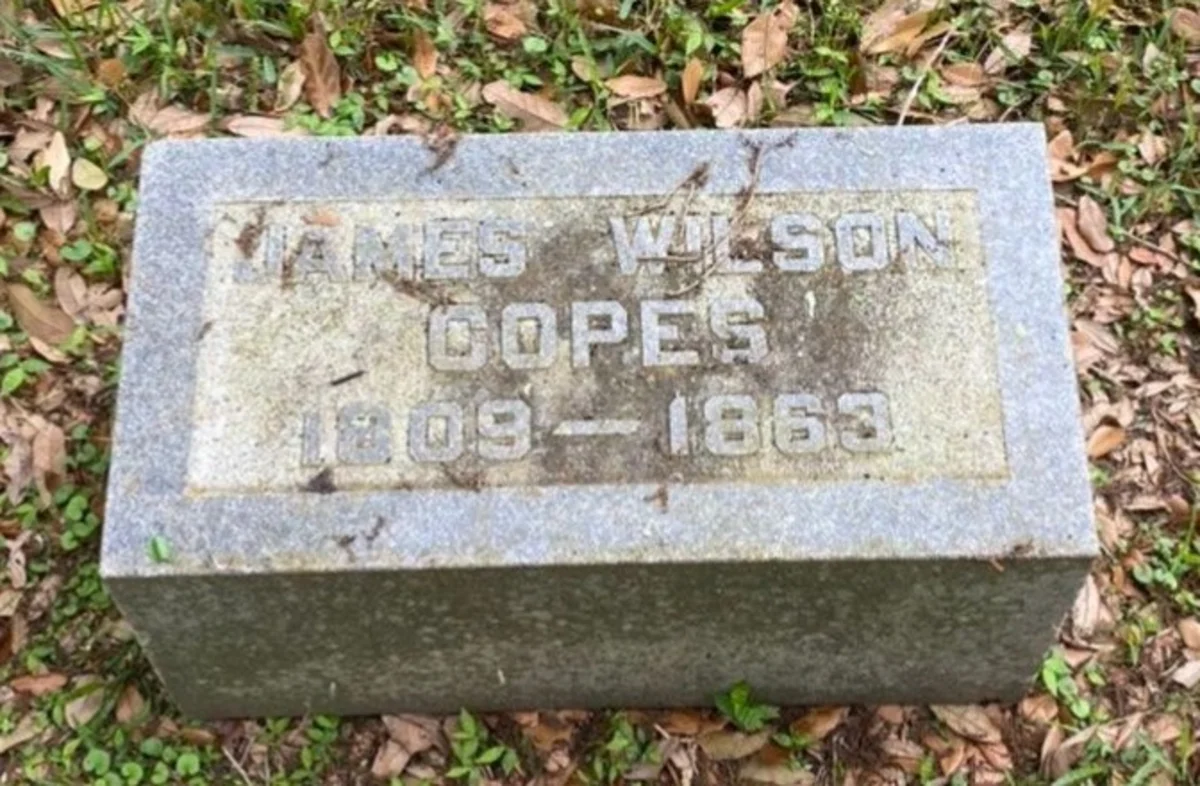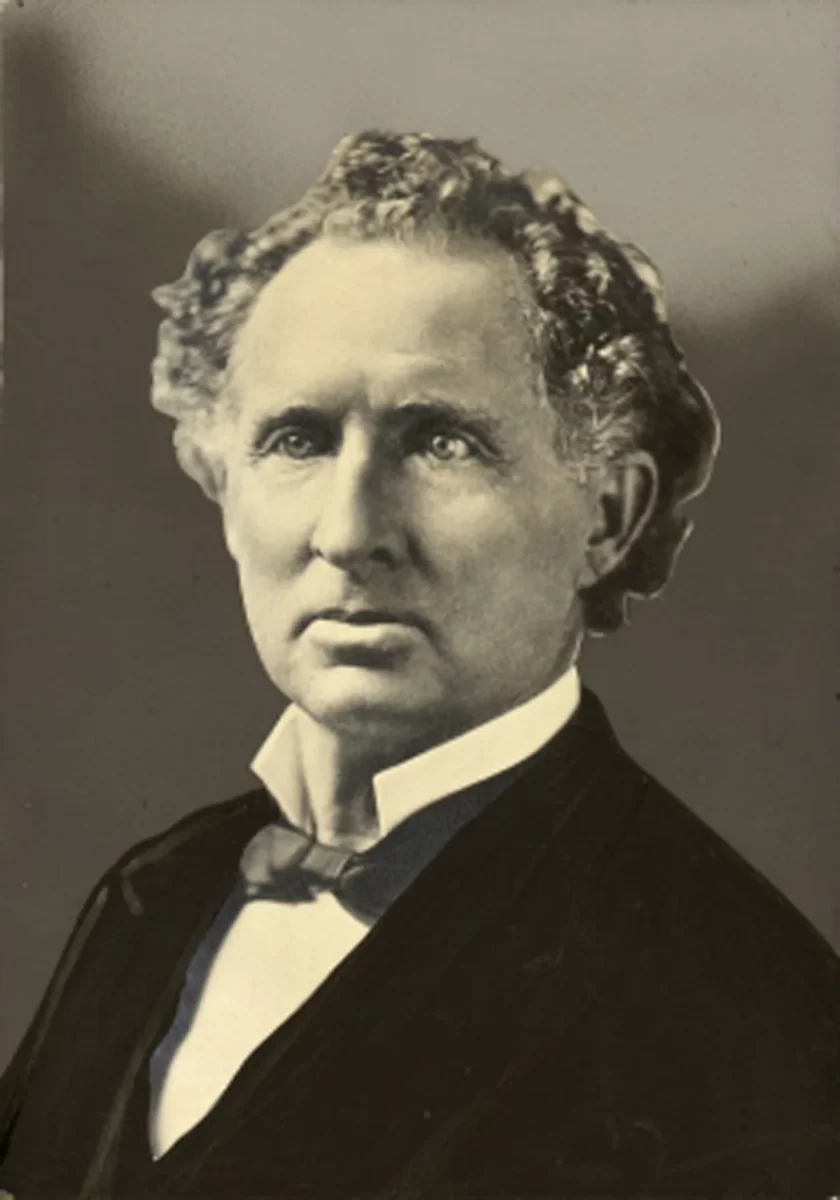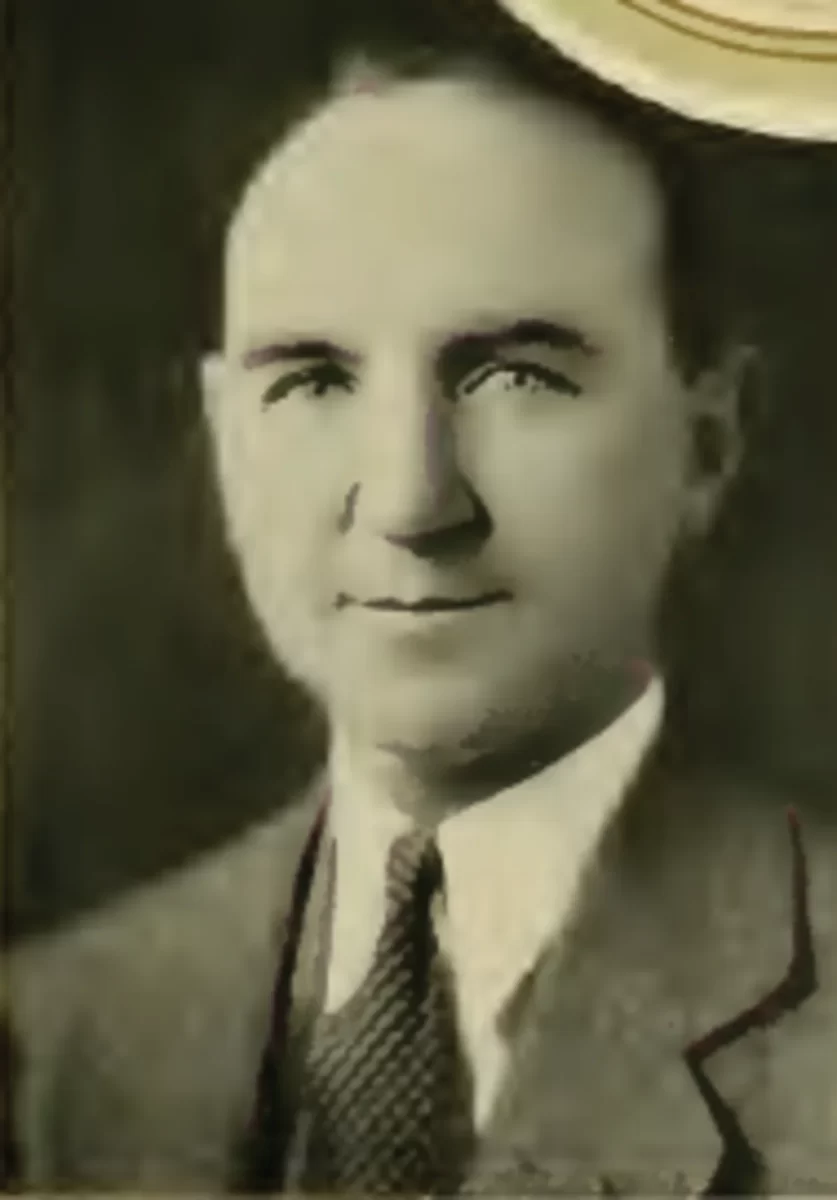![]()
By Tracy Gupton
Just a few years after Texas won its independence from Mexico at the Battle of San Jacinto in April of 1836, a young doctor from Delaware took the daughter of the founder of both East Columbia and West Columbia for his bride. James Wilson Copes will be one of five doctors portrayed by actors at the Columbia Historical Museum’s annual Meet Your Ancestors event on Saturday, November 2nd, at historic Columbia Cemetery.
Ben Pfeiffer will take on the role of Dr. Copes when visitors to Columbia Cemetery line up to hear each of the doctors being “brought to life” at their gravesites, entertaining the public with stories and biographical information pertaining to the former physicians who once treated the ills and injuries of local residents from the distant and more recent past. The other doctors who will be resurrected through the actors speaking to the visitors as if they were those people will include, in addition to Dr. Copes, Dr. Mason Locke Weems II, Dr. Brooks Stafford, Dr. Robert Louis Queen and Dr. Burch Loggins. Dr. Queen was an optometrist, Dr. Loggins a veterinarian and the other three men were all physicians.
Elizabeth Lucinda Bell was born in 1820 in Natchitoches, Louisiana, before her parents–Josiah Hughes Bell and Mary Evaline McKenzie Bell–joined up with Stephen F. Austin’s “Old 300” group of American pioneers making the arduous trek to the Mexican province of Texas in the early 1820s. The Bells founded the new town of Marion on the Brazos River in what today is known as East Columbia. The early Anglo Texas settlers more often referred to Josiah Bell’s fledgling community as Bell’s Landing.
Bell would later create the small town of Columbia just a few miles west of his Bell’s Landing on the Brazos, and busy himself with staking out what would eventually evolve into his and wife Mary’s plantation in an area that is today known as West Columbia. In fact, the area Columbia Cemetery now sits on was originally part of the Bell Plantation. Josiah Bell was buried under the shade of the majestic oaks on his plantation when he died at the relatively young age of 46 on May 17, 1838, less than two years after his good friend Stephen Fuller Austin died near Columbia in late December of 1836 from pneumonia.
When visitors attend the free November 2nd Meet Your Ancestors event, which will begin at 5 p.m., they will find Ben Pfeiffer standing near the graves of Josiah and Mary Bell (who died May 30, 1856, from injuries sustained in a fall from her buggy while traveling between her home and church), acting as Dr. Copes in the area directly behind the Bells’ state historical markers where James Wilson Copes Sr. was laid to rest when he died at 53 on October 8, 1863, in Columbia. Also buried at Columbia Cemetery near Dr. Copes’ grave are his and his wife Lucinda’s children Mary Jane Copes McCormick, James Wilson Copes Jr., Cornelia Elizabeth Copes, Hester Anna Copes and Carrie Campbell Copes.

Children’s survival rates were touch-and-go in the mid-19th century in the early days of both the Republic of Texas and after the Lone Star State achieved statehood. And, even with their father being a trained physician, several of the Copes children did not live very long. James and Lucinda Copes suffered through the grief of losing three of their daughters as small children, their youngest Carrie Campbell Copes dying as an infant in 1862, only one year before Dr. Copes lost his own life. They also had to bury Cornelia Elizabeth Copes in 1846 when she was only two, and lost their little girl, Hester Anna Copes, in 1854 when she was only three.
James Wilson Copes, the third son of Reverend Joseph Copes, was born November 5, 1809, in Lewistown, Delaware. He studied medicine at the University of Maryland at Baltimore and migrated to Mississippi after earning his medical degree. In 1834 and 1835, he practiced medicine in the Yazoo Valley. When the struggle for independence from Mexico was raging in Texas, Dr. Copes joined the patriot army under General Sam Houston.
He was the acting surgeon general for the Republic of Texas Army in Galveston between 1837 and 1838. By 1839 Dr. Copes had made his way to Columbia where, a year after the death of Josiah Bell, he married Mary and Josiah’s daughter Lucinda. They wed in Columbia on April 4, 1839, and Dr. Copes began farming on Bell’s Creek in the southwest corner of the Josiah H. Bell League. While raising his family on Bell Creek, Dr. Copes was installed as the elder of the Presbyterian Church in Columbia in 1840.
His many accomplishments outside the medical profession included serving as superintendent of the Columbia Institute school in the Presbyterian Church in 1844 and as president of the Association of Columbia for the Preservation of Temperance in 1845. later in 1845 he moved to Houston but returned to Brazoria County in 1848 when he sold his and Lucinda’s property to Morgan L. Smith and John Adriance to go into the mercantile business at Columbia. Dr. Copes and Lucinda then returned to farming near East Columbia.

Josiah and Mary Bell’s third child, Thaddeus Constantine Bell, was the first white male child born in Texas when Austin’s Colony was just getting off the ground. He was born in 1822 and died in 1871 and, although there is a state historical marker at Columbia Cemetery honoring Thaddus (as his name is misspelled on the marker), he is actually buried in Houston. Another of Lucinda Copes’ younger brothers, James Hall Bell (1825-1892), served as a judge on the Supreme Court of Texas at one time. He is buried at Oakwood Cemetery in Austin where his sister Lucinda is also interred.
Following Dr. Copes’ death in 1863, his widow remarried six years later when she became the wife of Dr. Samuel McKinney and moved to Walker County where they resided in Huntsville. Lucinda and James Copes’ son, Josiah Bell Copes (1840-1902) was also a doctor like his father and, at one time, was sheriff of Brazoria County. Josiah Bell Copes is buried in Austin while another son of Lucinda and James Copes, Joseph Stemmings Copes (1853-1907), is buried in San Bernardino County, California.
He was named after his uncle. The Dr. Copes who lived in Columbia had a brother named Joseph Stemmings Copes (1811-1885) who was a physician who is buried in New Orleans, Louisiana, where he lived and treated patients.
The former Brazoria County sheriff, Josiah Bell Copes, and his wife, Sallie Jane Carson Duke Copes, had a son, Dr. John Carson Copes (1869-1923) who was also a doctor.

Mary Jane Copes, the second child of Lucinda and James Copes, died young at 28. She was laid to rest at Columbia Cemetery following her passing in 1870. Her husband who was also her first cousin, once removed, Andrew Phelps McCormick (1832-1916), was a U.S. Circuit Judge after moving from Brazoria County to Dallas in 1879. Joseph Manson McCormick, the son of Andrew and Mary Jane McCormick, was a prominent Dallas attorney. He was born in Brazoria County in 1860 and died in Dallas in 1930. And Charles Tilford McCormick, the son of Joseph M. McCormick and great-grandson of Dr. James Wilson Copes of Columbia, was for a time the dean of the law department of the University of North Carolina.
Andrew Phelps McCormick’s family had resided on the San Bernard River west of Columbia when Andrew married Dr. Copes’ daughter, May Jane, in September of 1859. By 1860, county records reveal, Dr. Copes owned 1,535 acres of land and one-third interest in Columbia town lots. By the time the 1860 U.S. Census was taken, James Wilson Copes no longer listed his profession as a physician but as a merchant-planter. His Durango Plantation, known better to locals as The Copes Place, was sold after the Civil War by Dr. Copes’ widow and children to Harris Masterson.
The presentation of Dr. James Wilson Copes’ life at the November 2nd Meet Your Ancestors program at Columbia Cemetery should be both informative and entertaining. Everyone is invited to participate by showing up at 5 p.m. Saturday, November 2nd, and take a step back in time to lose yourselves in the past while hearing the actors bring the former doctors to life, if only for a little while.
